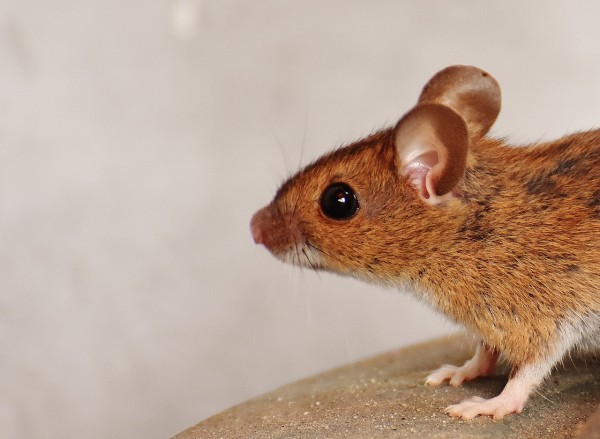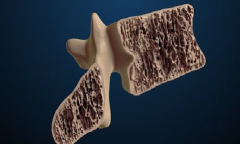By Vishal Goel, | January 14, 2017

Researchers have found a way to trigger a killer instinct in mice.
US-based researchers have developed a method to trigger a killer instinct in mice with the flick of a switch. The method, which uses light, enabled scientists to identify the brain circuits involved in predatory behavior.
The study, which relied on optogenetics (in which neurons can be artificially activated using light), revealed that one set of neurons trigger the pursuit of prey and another prompts the animal to bite and kill. During the experiment, the animals behaved normally when the laser was off, but at the flick of a switch they jumped on any object (including insects, robot insects, and even inanimate objects such as bottle caps and wooden sticks) they were given, held it with their paws and bit it as if they were trying to capture and kill it, said Ivan de Araujo, a psychiatry researcher at the Yale University School of Medicine and lead author of the study.
Like Us on Facebook
Ivan said the mice did not display aggression towards fellow mice or the researchers. They seemed only to target objects that were smaller than themselves that could be grabbed and contained. "It's not that they got out of control and tried to kill everything. It had to be something that looks like food to them," said Ivan.
The two separate clusters of neurons reportedly in the central amygdala (the brain area normally linked to emotion and motivation) were shown to be communicating with other neurons in two motor areas - a region linked to the ability to run and change speed and a region known to control jaw and neck movements. Also, the researchers found that the two clusters operate independently.
Hunger also had a powerful influence on the predatory behavior. According to the research, hungry mice were much more aggressive in their pursuit.
-
Use of Coronavirus Pandemic Drones Raises Privacy Concerns: Drones Spread Fear, Local Officials Say

-
Coronavirus Hampers The Delivery Of Lockheed Martin F-35 Stealth Fighters For 2020

-
Instagram Speeds Up Plans to Add Account Memorialization Feature Due to COVID-19 Deaths

-
NASA: Perseverance Plans to Bring 'Mars Rock' to Earth in 2031

-
600 Dead And 3,000 In The Hospital as Iranians Believed Drinking High-Concentrations of Alcohol Can Cure The Coronavirus

-
600 Dead And 3,000 In The Hospital as Iranians Believed Drinking High-Concentrations of Alcohol Can Cure The Coronavirus

-
COVID-19: Doctors, Nurses Use Virtual Reality to Learn New Skills in Treating Coronavirus Patients












